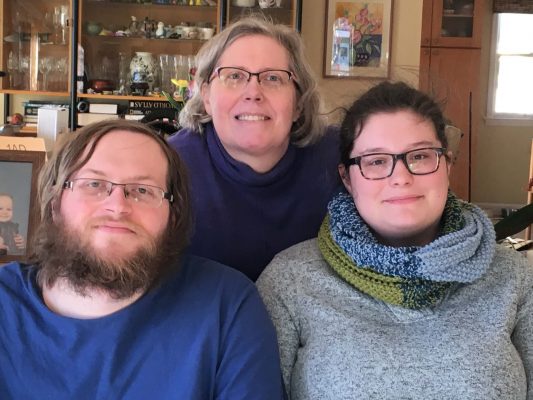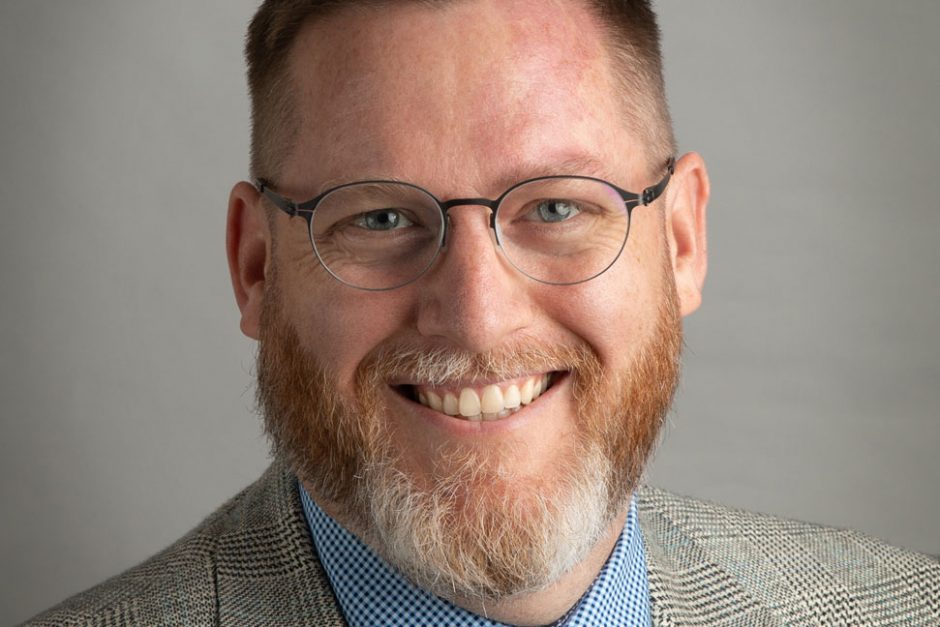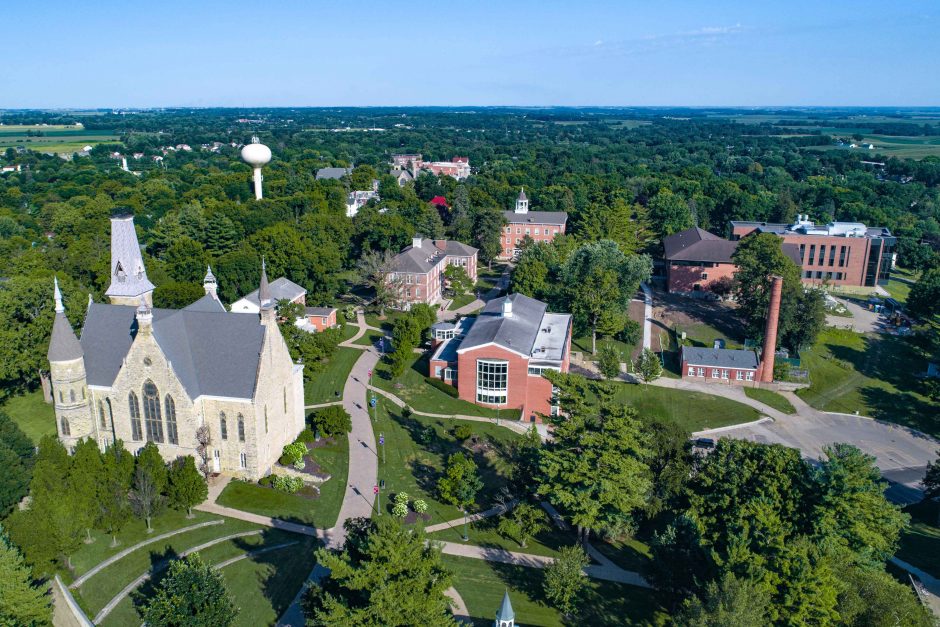Last Word: My 2nd time around Cornell
I did not not set out to send my children to my alma mater. In fact, I wanted to be sure they chose the college best suited for them. And, they came to the decision to attend Cornell from very separate points in their young lives and for different reasons.

My oldest, Will Eastham ’17, had completed his associate’s degree at Landmark College, a college dedicated to students who learn differently, located in Putney, Vermont. I thought Cornell’s One Course At A Time plan might work well for him. He needed to take his own circuitous path trying a couple of other programs after high school before settling on Landmark, and then ultimately getting his bachelor’s degree from Cornell.
My daughter Julia Eastham ’18 knew she wanted a small college based on her experience at a small boarding high school in Vermont. She also wanted to be closer to her Wisconsin home. She was accepted by four liberal arts colleges and decided Cornell was the right one for her. I believe her brother’s selection of Cornell did influence her decision as they are good friends.
What strikes me the most about seeing Cornell a second time around is the continued focus on the students and their education. A good example of that focus is the Cornell Summer Research Institute. It provides students in many disciplines the opportunity to undertake research directly with professors, one-on-one. Julia worked with Professor Andy McCollum on his study of ornate box turtles, while Will worked in the molecular chemistry lab with Professor Jai Shanata ’05. The professors are focused on teaching and on the education of the students.
Classes are still small and students develop relationships with their professors. Julia often discusses her draft papers with her professor to crystallize ideas and organize thoughts. In another of Julia’s classes, the professor provided each student with a related, individualized reading list based on that student’s interests. Julia’s recent literature class had seven students, which meant that she not only developed a relationship with the professor but also could effectively contribute to the class discussion. When our family cat died, one of Will’s professors invited him to his house to visit his cat. Julia has a standing invitation to visit the farm owned by another of her professors and spend time with the animals there (she wants to be a veterinarian).
There is no doubt that Cornell has changed since I graduated. The campus has new and renovated buildings, an award-winning food service (no longer serving family style dinner either), and many new activities and programs to meet the needs of a changed society. But at its core, Cornell is still centered on motivating students to learn and think critically. Students still develop personal relationships with their professors. Professors are still engaged in students’ educations and helping students succeed. These relationships are the hallmark of Cornell.



